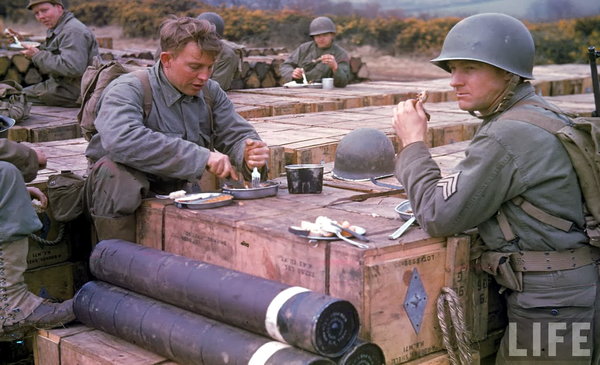Qualitative research is especially well suited to discovering something creative, such as a new name or positioning for a product. One focus group technique that helps uncover the best new ideas is, paradoxically, to ask respondents for bad ideas – the worst ones that come to mind.
This approach may sound strange, but it is firmly rooted in clinical psychology and research, as are many other qualitative methods. Psychotherapists have long used so-called paradoxical interventions, whereby they instruct patients to think or act the opposite of how they need to improve.
As explained in Allen Fay’s book, “Making Things Better, By Making Things Worse,” reverse psychology allows the patient to gain freedom and insights useful for moving in the right direction.
How does this seemingly backward tactic work in brainstorming for marketing ideas?
1.) It helps respondents loosen up by relieving the fear of saying something dumb.
2.) It’s easier, initially, to figure out what’s wrong with something than to think about the correct solution. Once bad ideas are voiced, participants are able to consider the other side; how to turn these problems into solutions.
3.) It’s fun to come up with “bad” ideas, and basic research has shown that people are more creative when enjoying themselves. With psychotherapy patients, the humor in a paradoxical intervention is one reason why it works. Humor can overcome the mindset that personal problem solving is ‘painful’.
4.) People need to be able to say, “No!” This gives them an opportunity to assert their separateness and then join the team in coming up with good ideas.
5.) The resulting discussion is usually lively and high-energy. Respondents get a little giddy shouting out their intentionally outlandish ideas.
6.) If introduced appropriately, the technique enhances respondents’ trust in the moderator, and intrigues them about what (s)he might do next.
7.) A successful idea may be only a minor revision away from a “bad” idea. Therefore, hearing bad ideas often stimulates respondents to come up with great ideas. Moreover, the converse of one bad idea is the possibility of many good ideas.
8.) Insights into why bad ideas may fail can produce new insights into how a good idea can work.
9.) Occasionally, what a respondent thinks is a “bad” suggestion turns out to be a market success without modification.
Essentially, the exercise encourages respondents to think “outside the box” and come up with something other than predictable, safe, overly-rational suggestions.
As with any technique, there are certain risks with a paradoxical exercise:
1.) A client new to creativity sessions may require more than the usual explanation and nurturing to buy into it and listen with an open mind. They are anxious to see where it’s going and sometimes are impatient as the clock ticks and terrible ideas for products and services are offered up.
2.) It’s not for every client. People who are extremely structured in their thinking (have a very strong need for every effort to quickly converge on the right answer) shutter as they observe the plethora of losers that emerge.
3.) It’s not for every moderator. One must fully believe, from experience, that bad ideas can and will be turned around, or else the anxiety experienced during the technique will overcome its effectiveness. We strongly recommend that moderators set up several unobserved practice sessions prior to “going live.”
4.) Most importantly, one should NEVER leave the bad ideas to stand too long on their own merit. Immediately after soliciting a batch of horrible ideas, they should be presented as stimuli to respondents, who are given the more familiar task of coming up with “good” ideas.
An additional intriguing outcome of a successfully implemented paradoxical exercise is that other approaches used later in the same interview work better, even when they have nothing to do with coming up with bad ideas. This is because of the creative frame of mind aroused by the paradoxical experience.
Asking for bad suggestions is not the only exercise used in brainstorming for marketing ideas. There are as many creative ideas as there are creative moderators. Nevertheless, just as false starts are often the precursors to success, bad ideas can be the wellsprings of good ones in qualitative interviewing.
Contributed to Branding Strategy Insider by: Dr. Sharon Livingston, President, The Livingston Group
The Blake Project Can Help: The Brand Positioning Workshop
Branding Strategy Insider is a service of The Blake Project: A strategic brand consultancy specializing in Brand Research, Brand Strategy, Brand Licensing and Brand Education




